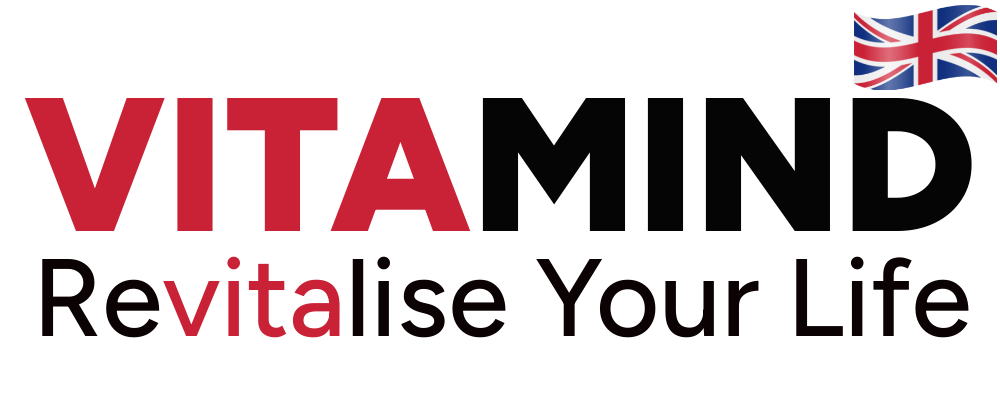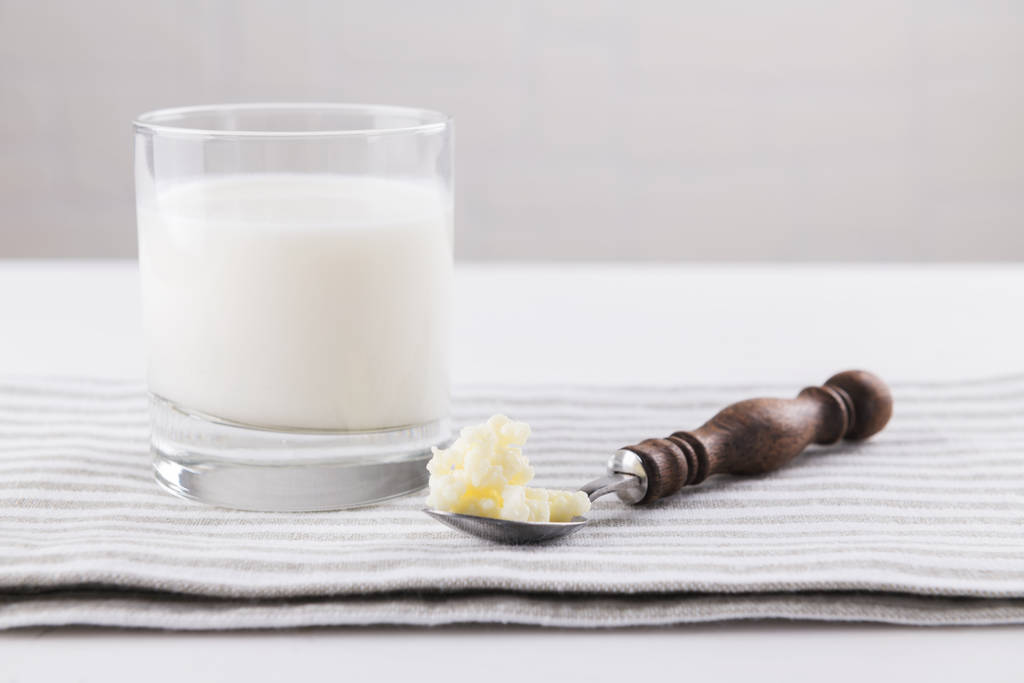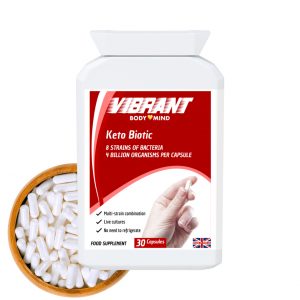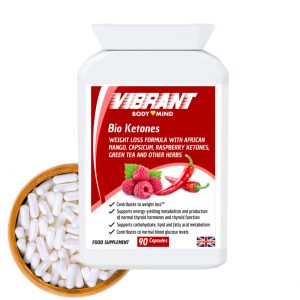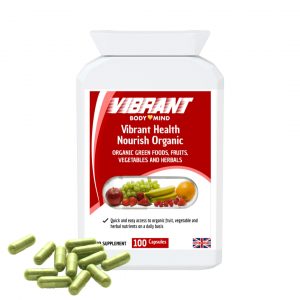The keto diet is one of the most popular diets today due to its ability to help individuals lose weight quickly and effectively. But did you know that there’s a way to take it a step further? Introducing ketobiotic foods, an amazing combination of two healthful diets that can provide even greater benefits. Read on to learn more about how this food plan can work for you!
What Are Ketobiotic Foods?
Ketobiotic foods are a combination of the ketogenic diet and the probiotic diet. A ketogenic diet is high in fat, moderate in protein, and low in carbohydrates. This type of eating helps your body enter into a metabolic state known as “ketosis” where your body burns fat for fuel instead of carbs or sugar.
On the other hand, a probiotic diet focuses on consuming living bacteria (probiotics) which are beneficial for gut health. This type of eating helps promote healthy digestion, improve immunity, and reduce inflammation.
When combined together, these two diets create an amazing ketobiotic food synergy that can help you reach your health goals faster than either could do alone.
Benefits of Ketobiotic Foods
Keto-biotic foods offer numerous benefits including weight loss, improved energy levels, better mental clarity and focus, reduced inflammation, increased physical performance, improved digestive function, enhanced immune system function, and more.
Additionally, because it combines two different types of eating plans into one cohesive program, ketobiotic diet can be easier to stick with than either individual plan alone.
Ketobiotic diet also eliminates much of the guesswork associated with following separate plans because all the hard work has already been done for you!
RELATED: Vegetables on Keto: What’s Allowed?
What Is Ketobiotic Eating?
Ketobiotic eating is a high-fat, low-carbohydrate diet that focuses on healthy fats and limited amounts of carbohydrates. It was designed to help individuals achieve their weight loss goals by reducing the amount of carbohydrates consumed and replacing them with healthy fats.
This helps to keep blood sugar levels stable and reduce cravings for sugary treats and processed foods. Additionally, it helps to reduce inflammation in the body, which can contribute to health problems such as heart disease and diabetes.
The Difference Between Keto and Ketobiotic Foods
The keto and ketobiotic diets are both low-carbohydrate, high-fat diets that aim to induce ketosis. However, there are some key differences between the two diets.
Macronutrient Distribution:
-
Keto Diet: The keto diet typically involves a macronutrient distribution of 75% fat, 20% protein, and 5% carbohydrates.
-
Ketobiotic Diet: The ketobiotic diet is more flexible in its macronutrient distribution, allowing for a wider range of carbohydrates. While still prioritizing low-carb options, it incorporates moderate amounts of low-glycemic fruits, certain vegetables, and fermented foods.
Gut Health Focus:
-
Keto Diet: The traditional keto diet focuses on weight loss and metabolic benefits.
-
Ketobiotic Diet: The ketobiotic diet expands upon the keto diet by incorporating elements that support gut health. It emphasizes the consumption of fermented foods and probiotics, which contribute to a healthy gut microbiome.
RELATED: Vibrant Greens: Organic Green Superfood Powder 300g
Food Choices:
-
Keto Diet: The keto diet allows for a wide variety of keto-friendly foods, including meat, poultry, seafood, eggs, full-fat dairy products, leafy green vegetables, cruciferous vegetables, avocados, nuts, seeds, and oils.
-
Ketobiotic Diet: The ketobiotic diet emphasizes these same keto-friendly foods but also incorporates specific gut-friendly options like fermented foods (kimchi, sauerkraut, kefir), certain low-glycemic fruits (berries, avocado), and prebiotic and probiotic-rich vegetables (garlic, onions, asparagus).
Overall Approach:
-
Keto Diet: The keto diet is primarily focused on achieving ketosis for weight loss and metabolic benefits.
-
Ketobiotic Diet: The ketobiotic diet extends the traditional keto approach by incorporating gut health principles. It aims to promote overall health and well-being by balancing ketosis with gut-friendly foods and practices.
In summary, the ketobiotic diet is a modified version of the keto diet that emphasizes gut health alongside ketosis. It allows for a wider range of low-glycemic carbohydrates, incorporates fermented foods, and promotes a balanced approach to gut-friendly eating.
RELATED: 7 Best Probiotic Products UK
How To Get Started With Ketobiotic Foods
Here’s a step-by-step guide on how to get started with ketobiotic foods:
Understand the basics of the ketobiotic diet
The ketobiotic diet is a low-carbohydrate, high-fat diet that aims to induce a metabolic state called ketosis. In ketosis, your body primarily burns fat for energy instead of glucose from carbohydrates. This leads to a number of potential health benefits, such as weight loss, improved blood sugar control, and reduced risk of heart disease.
Calculate your macronutrient ratios
The key to the ketobiotic diet is to keep your carbohydrate intake very low, typically around 20-50 grams per day. This means eliminating most grains, fruits, and sugary drinks from your diet. The rest of your calories should come from healthy fats (such as avocados, nuts, and olive oil) and protein (such as meat, fish, and eggs).
Make a ketobiotic food grocery list
Once you understand the basics of the ketobiotic diet and have calculated your macronutrient ratios, it’s time to make a grocery list. Stock up on plenty of probiotics, healthy fats, and green veggies.
Start slowly
It’s important to start with ketobiotic foods slowly to give your body time to adjust. Begin by gradually reducing your carbohydrate intake over a week or two. Once you’ve reached your target carb intake, you can start to increase your intake of healthy fats and protein.
Cook ketobiotic meals
There are countless delicious and easy keto-friendly recipes available online. You can also find keto-friendly meal plans and meal delivery services to help you get started.
Listen to your body
The ketobiotic diet can cause some side effects in the first few days or weeks, such as fatigue, headache, and frequent stools. These symptoms are usually temporary and can be managed by staying hydrated, eating plenty of fiber, and getting enough sleep.
Monitor your progress
It’s important to monitor your progress on the ketobiotic diet to make sure you’re staying on track and seeing results. You can track your weight, blood sugar levels, and ketone levels using a home ketone testing kit.
If you have any underlying health conditions, it’s important to talk to your doctor before starting the ketobiotic diet. They can help you determine if the diet is right for you and monitor your progress.
Here are some additional tips for getting started with ketobiotic foods:
-
Keep keto-friendly snacks on hand: This will help you avoid temptation and stay on track with your diet.
-
Drink plenty of water: Water is essential for staying hydrated and helping your body eliminate ketones.
-
Be patient: It takes time to see results on ketobiotic foods. Don’t get discouraged if you don’t see results immediately.
-
Join a keto community: There are many online and offline keto communities where you can connect with other people who are on the diet and share tips and support.
FAQ
Here are some frequently asked questions about ketobiotic foods, a diet that combines aspects of a ketogenic diet with probiotics:
What is the Ketobiotic Diet?
The Ketobiotic Diet merges the principles of a ketogenic diet (low-carb, high-fat) with the inclusion of probiotics to promote better health. It targets weight loss, digestion, and gut health by reducing carbohydrate intake and enhancing the immune system through probiotic foods.
What are the Benefits of the Ketobiotic Diet?
This diet offers various health benefits, including weight loss, improved gut health, increased energy levels, and better physical and psychological health. It supports the production of vitamin B12, addressing conditions like megaloblastic anemia, and improves digestion while absorbing nutrients effectively. The diet also helps in fatty acid production and reducing inflammation.
How does the Ketobiotic Diet Impact Energy Levels and Immune System?
Limiting carbs in the diet causes the body to shift its energy production focus from carbs to fats, enhancing energy levels. The diet also boosts the immune system by reducing oxidative stress, decreasing fat mass, stabilizing blood sugar, and promoting immune cell function.
Can the Ketobiotic Diet Improve Brain Function?
Yes, the diet has been found to improve brain function. It helps release enzymes that break down neurotoxins, preventing cell loss in the brain, thereby enhancing concentration and cognitive function.
Are there Any Side Effects of the Ketobiotic Diet?
While the diet offers several benefits, it can also have some minor drawbacks like headaches due to fluid and mineral balance shifts, fatigue, upset stomach, and a risk of developing infections, especially in individuals with weakened immune systems. Therefore, it’s recommended to consult a healthcare professional before starting this diet.
How Long Should I Follow the Ketobiotic Diet?
The duration for following the ketobiotic diet depends on your individual health goals. It’s important to consult with a health specialist to tailor the diet to your specific needs.
Is the Keto Diet Good for Weight Loss?
Yes, the ketogenic aspect of the diet is effective for weight loss as it involves low carbohydrate intake, causing the body to use fat as a primary energy source.
Is the Keto Diet Expensive?
The cost of the keto diet varies based on your budget and the specific foods you choose to include. The diet offers a range of food options without strict restrictions, allowing for flexibility in terms of budget.
What Foods are Included in the Ketobiotic Diet?
The diet involves low-carb meals and fermented foods like curd and yogurt. It’s important to avoid processed foods, starchy vegetables, and sugary delights high in carbohydrates. Staying hydrated is also crucial when following this diet.
